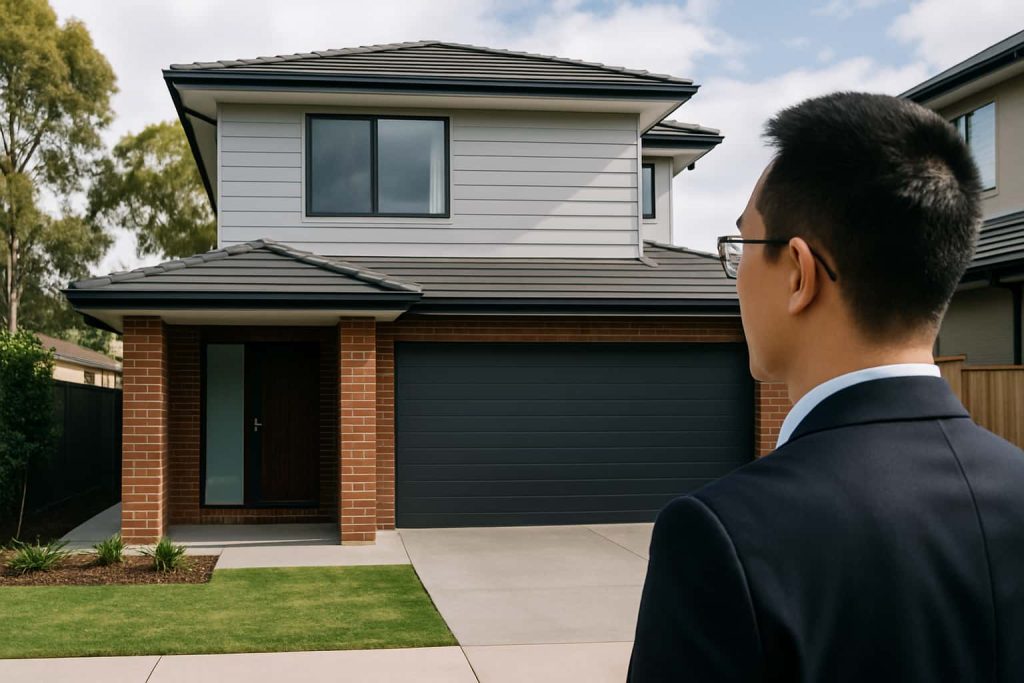New figures reveal the widening gap in what is again becoming a two-tier mortgage market.
Banks are offering lower interest rates for mortgage borrowers who are owner-occupiers with larger deposits.
The practice was popular with banks right up to the late 1990s and has started to re-emerge as banks last year started hiking their interest rates more sharply for investors in an attempt to slow investment growth.
The figures from RateCity show the best interest rate deals from banks are being saved for owner-occupier with big deposits.
Banks have cut the interest rates for owner-occupiers with a 20 per cent or higher deposit while at the same time are charging others more.
RateCity analyst Peter Arnold spoke to Fairfax Media.
“There’s a lot more variation in the market, with tiered pricing,” he said.
“These borrowers are basically paying less than they were back in June.”
The average interest rate on offer for property investors with a loan-to-value ratio higher than 80 per cent has increased to 4.9 per cent, up from 4.68 per cent. Some investors are paying up to 0.55 of a percentage point higher in their rates than owner-occupiers.
The return to the two-tiered system has come about because of the crackdown from banking regulators who are restricting banks’ loan books to less than 10 per cent growth for investors.
As a result, banks want to attract owner-occupiers instead and are dropping their rates accordingly. They also want borrowers who have large deposits behind them as they obviously represent a lower risk.



